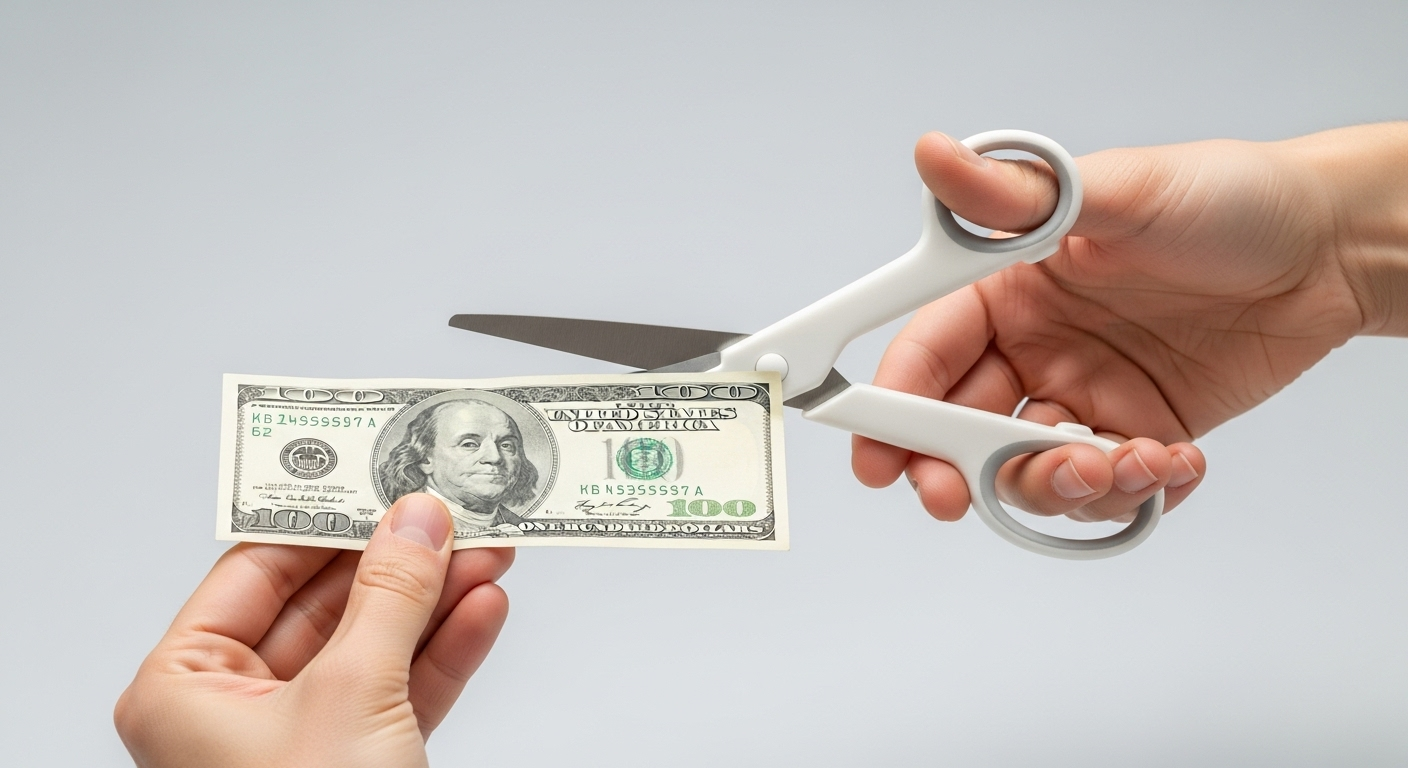
Let’s get one thing straight, right from the jump. The confusion between life insurance and investing isn’t your fault. It was manufactured. It was deliberately created, nurtured, and sold to generations of Americans by an industry that profits handsomely from the fog.
You’ve heard the pitch. Maybe from a friendly uncle who started selling policies on the side, or a slick advisor in a nice suit. They talk about a magical product that protects your family *and* grows your money. A plan that acts as a “forced savings account.” A “tax-free investment vehicle.”
It sounds responsible. It sounds smart. And it’s one of the most effective and expensive half-truths in the world of personal finance.
I want you to think about it like this. You have two essential jobs to do in your financial life: protect your family from a catastrophe, and grow your money for your own future. One is a shield. The other is a ladder. Both are vital. But what would happen if someone tried to sell you a shield-ladder? It would probably be a terrible shield and an even worse ladder.
That, my friends, is the core of the life insurance vs. investment debate. Let’s untangle this mess once and for all.
Job #1: The Shield (This is Life Insurance)
The one and only job of life insurance is this: to replace your income and pay off your debts if you die unexpectedly. Full stop. It’s a safety net. It’s a parachute. It’s there to ensure that a personal tragedy for your family doesn’t immediately become a financial catastrophe, too.
The best tool for this job? Term life insurance. The name says it all. You buy it for a specific “term”—usually 20 or 30 years—to cover you during your most vulnerable period. The years when you have a mortgage, young kids, and haven’t had time to build a mountain of wealth yet. It’s wonderfully simple and incredibly cheap.
You pay a premium. If you die during the term, your family gets a big, tax-free check. If the term ends and you’re still alive (congratulations!), the policy expires, and you stop paying. It’s pure protection. It’s the shield. It does its one job perfectly.
Job #2: The Ladder (This is Investing)
The job of investing is to build wealth for *you*. It’s about making your money work for you, so that one day, you don’t have to work for your money. This is how you fund your retirement, your financial independence, and your future goals. It’s the ladder you climb to reach your dreams.
The best tools for this job in the U.S. are tax-advantaged retirement accounts. These are your powerhouse wealth-building machines:
- The 401(k) or 403(b): This is your workplace retirement plan. If they offer a company match, it’s free money. It’s a guaranteed 100% return on your contribution, an offer you won’t find anywhere else.
- The Roth IRA: An account you open yourself. You put in after-tax money, and it grows and grows… and all of that growth is 100% tax-free when you take it out in retirement. It’s a thing of beauty.
Inside these accounts, you buy things like low-cost index funds that grow over time, powered by the engine of the economy and the magic of compound interest. This is your ladder. It does its one job perfectly. It is a key driver of personal economic growth.
The Source of All Confusion: The Shield-Ladder Hybrid
So if it’s that simple, where did the confusion come from? It came from a category of products called “permanent” life insurance, with the most famous being whole life insurance.
Here’s the pitch: Whole life is a policy that lasts your entire life and has a “cash value” component that grows over time. It’s a shield *and* a ladder, all in one!
And here’s the dirty little secret: the “investment” part of whole life is usually terrible. The fees are sky-high (because commissions for the agents who sell it are massive), and the returns are often pathetic compared to what you could get by simply investing in a good old-fashioned index fund. The complex nature of these products requires careful navigation, much like the strategies for retirement planning.
You end up with a product that provides an expensive death benefit and a lousy investment. A heavy, clumsy, inefficient shield-ladder. You are paying a premium for a product that does two jobs poorly instead of getting two specialized products that do their jobs perfectly.
The Winning Strategy: “Buy Term and Invest the Difference”
This isn’t some new-fangled idea. It’s been the mantra of smart, independent financial advisors for decades. And it is the single most effective strategy for the vast majority of American families.
Here’s how it works:
- You figure out how much insurance you need (the shield) and buy a cheap term life insurance policy to cover it.
- You take all the money you *saved* by not buying that expensive whole life policy, and you invest it in your 401(k) and/or a Roth IRA (the ladder).
Let me put it this way. A 35-year-old might pay $50 a month for a $1 million, 30-year term policy. A whole life policy with the same death benefit could easily cost $800 a month or more. The strategy is to pay the $50 for the shield, and then take the other $750 and aggressively climb your investment ladder. As financial journalists at outlets like The Guardian often point out, fee transparency is key to sound investment decisions, and the fees inside many permanent life policies are notoriously opaque.
By the time your 30-year term policy expires, you’ll be 65. Your house will be paid off, your kids will be grown, and thanks to 30 years of consistent investing, you’ll have a mountain of your own money. You won’t need the shield anymore, because you’ve successfully climbed the ladder.
Don’t fall for the hype. Buy the right tool for the job. Get a shield. Get a ladder. And keep them separate.
Frequently Asked Questions (FAQs)
But my agent said my whole life policy is a great investment. Is he lying?
He’s probably not lying, but he is telling you a story that benefits him greatly. The commissions on whole life policies are among the highest in the financial industry. So, he has a massive incentive to believe—and to make you believe—that it’s a good product. It *is* an asset, and it *does* grow. But compared to traditional, low-cost investing, it’s almost always a significant underperformer due to high fees and mediocre returns.
When does whole life insurance actually make sense?
It has two primary niche uses. The first is for very high-net-worth individuals who have maxed out every other tax-advantaged investment account and use it for complex estate planning strategies to pass wealth tax-efficiently. The second is for providing for a lifelong dependent, such as a child with special needs. For about 98% of the U.S. population, term insurance is the more logical choice.
What if I can only afford one? Should I get life insurance or start investing?
If you have people who depend on your income (a spouse, children), you get the life insurance first. Hands down. A cheap term life policy is your first priority. Your ability to earn an income is your family’s biggest asset, and you must protect it. Failing to do so is a catastrophic risk. You can start investing with very small amounts later, but you can’t retroactively buy life insurance after you’re gone.
What happens to the “cash value” if I die with a whole life policy?
This is a crucial point that is often misunderstood. In most traditional whole life policies, when you die, your beneficiary receives the death benefit, and the insurance company keeps the cash value. You don’t get both. This is a shock to many policyholders who believed the cash value was “their money” in the same way money in a 401(k) is.










